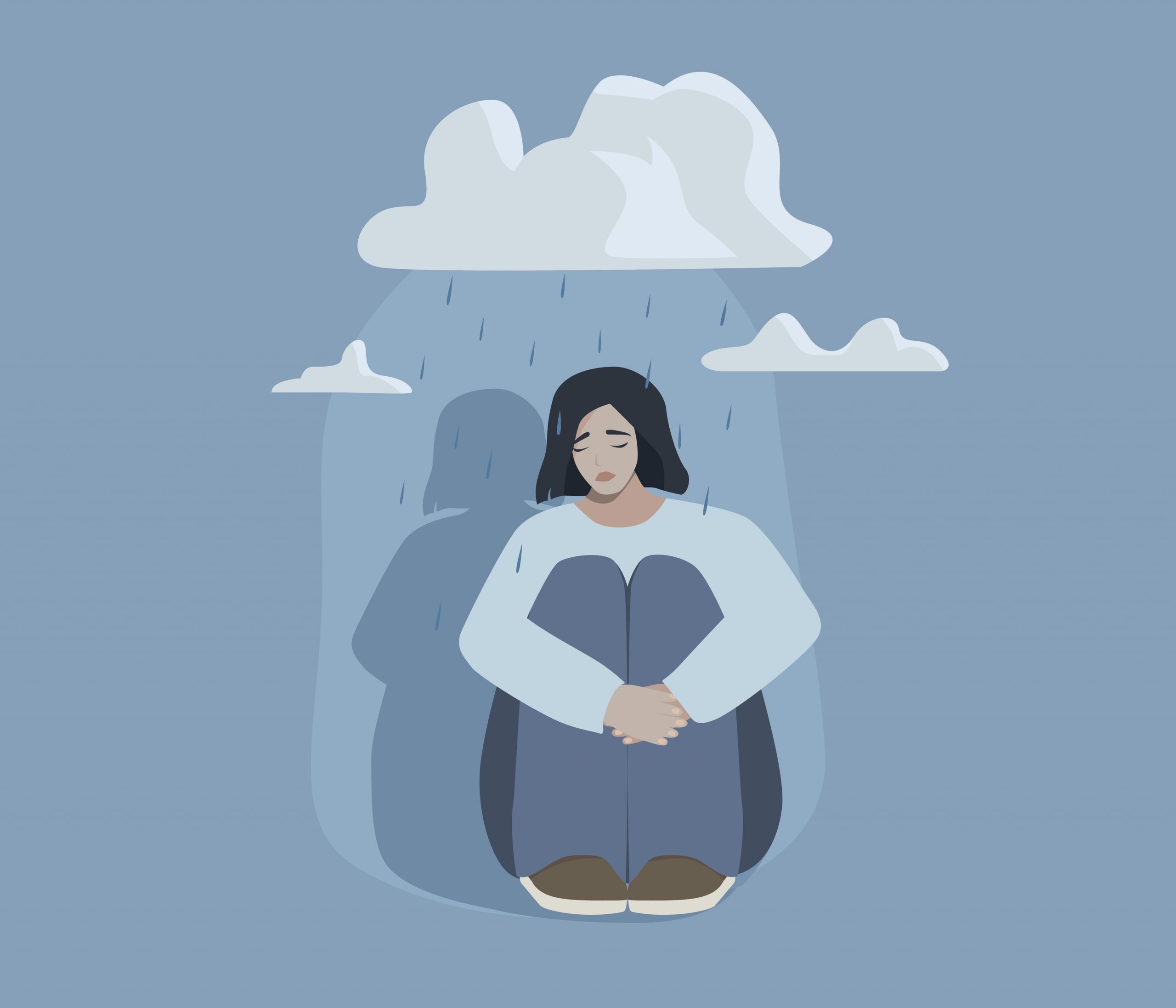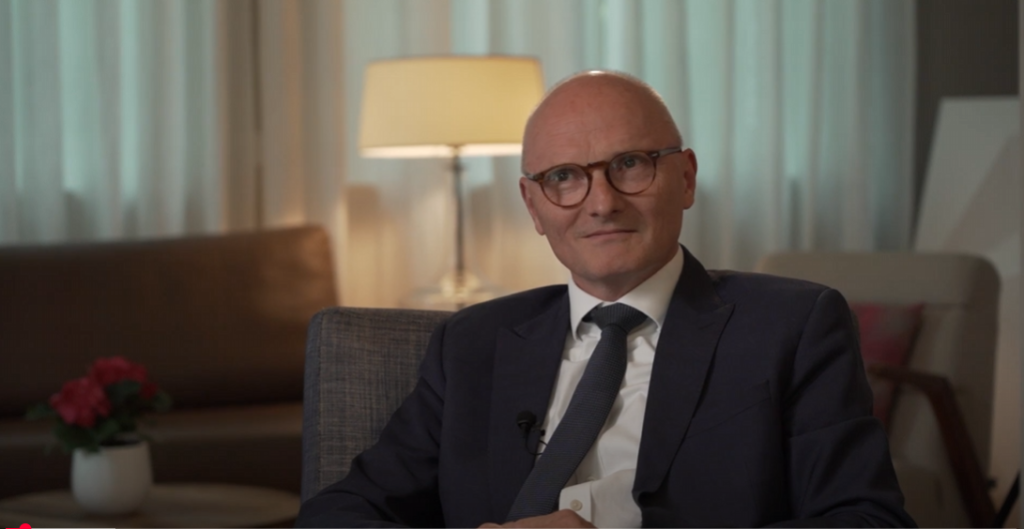Seasonal Affective Disorder (SAD) has been found to influence mood in more than just the winter months. Commonly known as “seasonal depression,” it has long been understood that a loss of sunlight could correspond to dopamine reduction and a disruption of the body’s circadian rhythm.
Winter-Pattern SAD
Winter-Pattern SAD the most common case of seasonal depression to be detected, often showing its first symptoms in late fall and disappearing towards the spring and summer months. Because winter-pattern SAD is derived from other seasonal factors, its symptoms differ from the summer-pattern type. Winter-specific symptoms of SAD include oversleeping, overeating, and a detachment from social life. Those living in more northern areas around the world are more susceptible to winter-pattern SAD due to less daylight.
Summer-Pattern SAD
Unlike winter-pattern SAD, summer-pattern cases are not affected by daylight hours. Instead, those with summer-pattern SAD are often stress-induced cases possibly tied to anxiety and other mental illnesses. Symptoms of this so-called “summer depression” include a loss of appetite and issues with body image. Researchers are yet to prove what causes this rare version of SAD, but many believe the longer days, increase in heat, and higher social expectations could be the culprit. Longer daylight hours might also conflict with sleep patterns.
How Can You Manage Both Forms of SAD
Like many mental disorders, types of seasonal depression can be combated with cognitive behavioral therapy. With a mental health professional, those dealing with SAD can understand the symptoms they are dealing with in order to overcome them with proper strategies. Other lifestyle changes can significantly benefit people with SAD. These changes may include:
- Sticking to an adequate sleep schedule so as not to disrupt your circadian rhythm.
- Avoid heat if it becomes bothersome; wear sunglasses, hats, and other garments to shield you from the sun.
- Eat a healthy variety of foods, and make a conscious decision to track your sources of vitamin-D.
- Light therapy has often been used for winter-pattern SAD patients since the 1980s. For 30-45 minutes per day, patients are exposed to a specific artificial lighting that helps compensate for lost natural sunlight. A medical professional must approve of this treatment first.
Emotional support is also important to fall back on in times of struggle. Be open with your loved ones about what you are dealing with, and don’t be afraid to share feelings of sadness. If you are not affected by SAD and have someone in your life struggling with the disorder, stepping in to help goes a long way. Whether you are a friend, partner, or family member, your support can give patients the love they need to resist this disorder.




